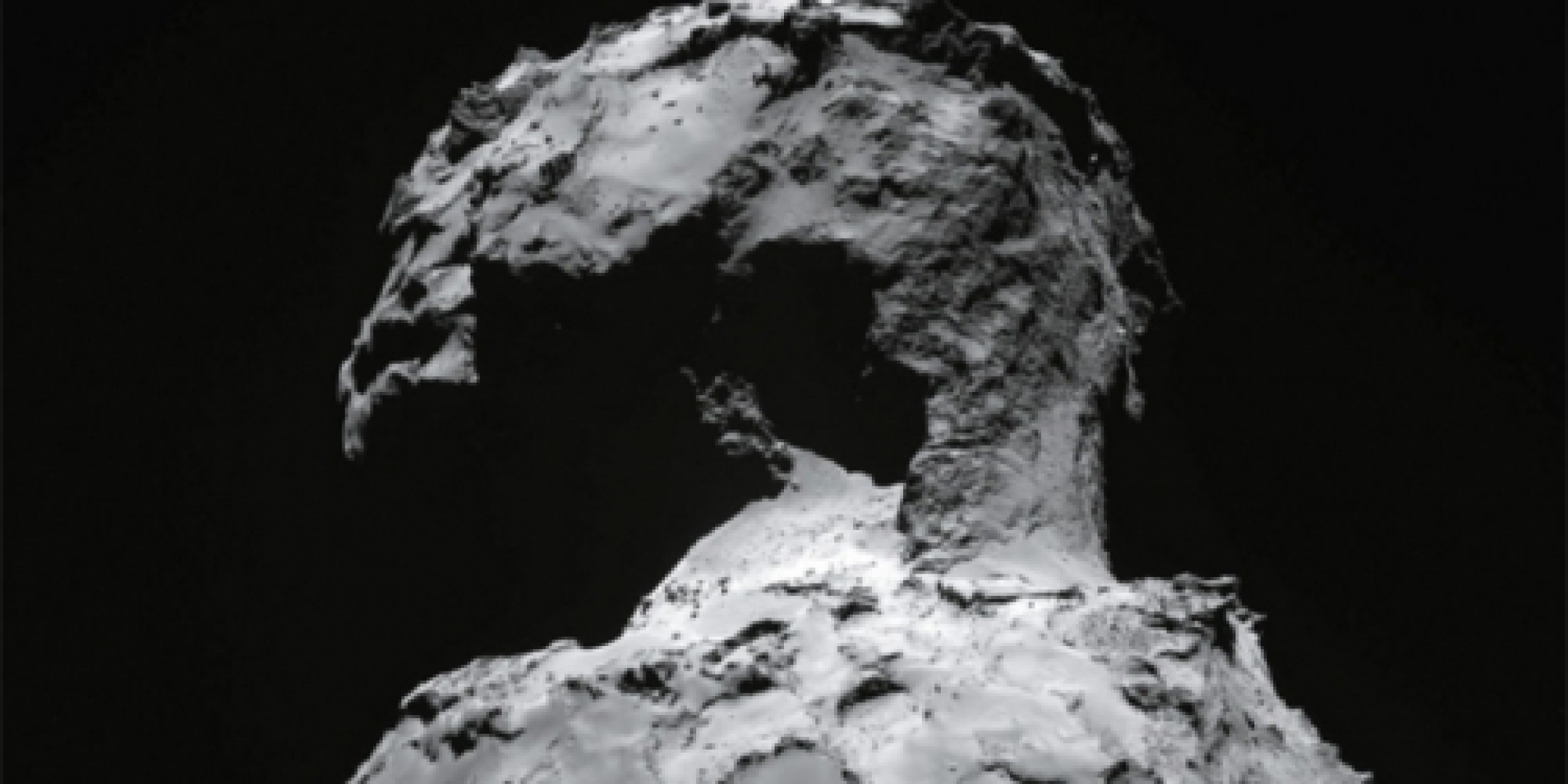This issue of the quarterly magazine from the French Space Agency focuses on the Rosetta-Philae mission:
1994: The member states of the European Space Agency decide, at France’s initiative, to study a comet’s nucleus in situ and search for the origins of life.
2004: Ariane 5 lifts off from the Guiana Space Centre and Rosetta and Philae begin a 10-year game of cosmic billiards.
2014: On 6 August, Rosetta goes into orbit around the nucleus of comet Churyumov-Gerasimenko and on 12 November Philae lands on its surface.
These three dates have secured Europe’s place in the annals of space science and shown just what our continent can achieve when it sets its mind to the task. It took genuine political vision to engage a €1.5-billion program that would not deliver its expected results for another 20 years. It also took remarkable industrial prowess to build and launch Rosetta and Philae. And it took extraordinary scientific expertise to rendezvous with a comet and land on its nucleus.
https://fscience-old.originis.fr/wp-content/uploads/2023/06/GLOC_Oslo_Norway_S2_27juillet2022_web-2-1.jpg of course played a pivotal role in each of these three steps along the road to success. And today, 55 years after the inception of https://fscience-old.originis.fr/wp-content/uploads/2023/06/GLOC_Oslo_Norway_S2_27juillet2022_web-2-1.jpg, its scientists and engineers are inventing the future of space and pursuing Rosetta and Philae’s fabulous adventure, because at the end of the day, we are all in a way the children of the comet…








